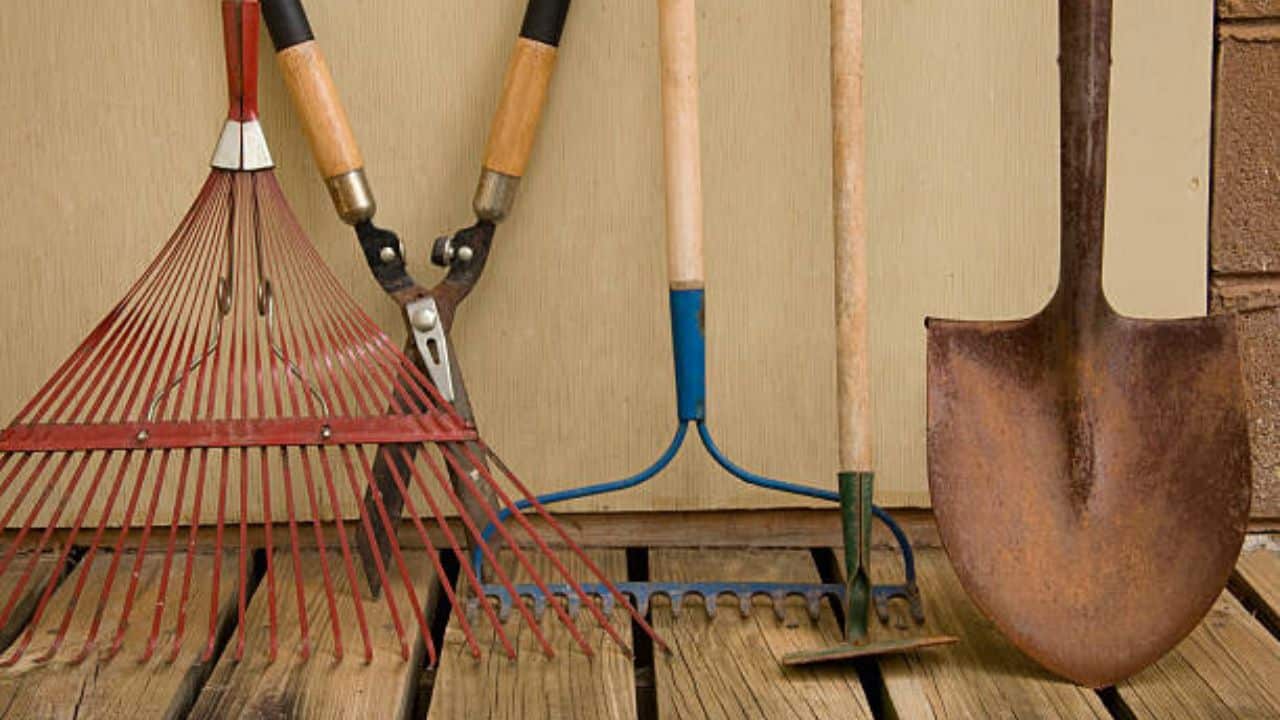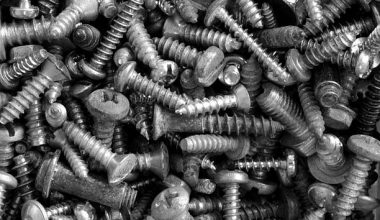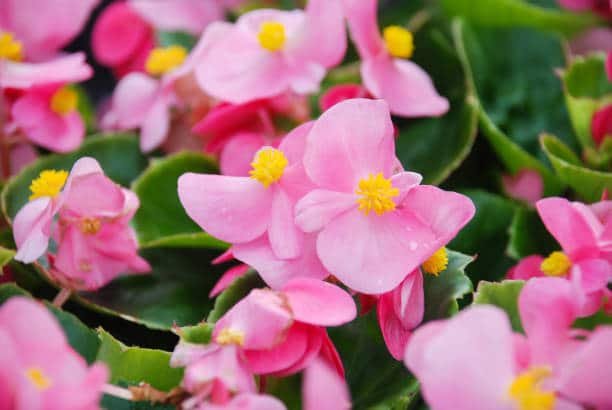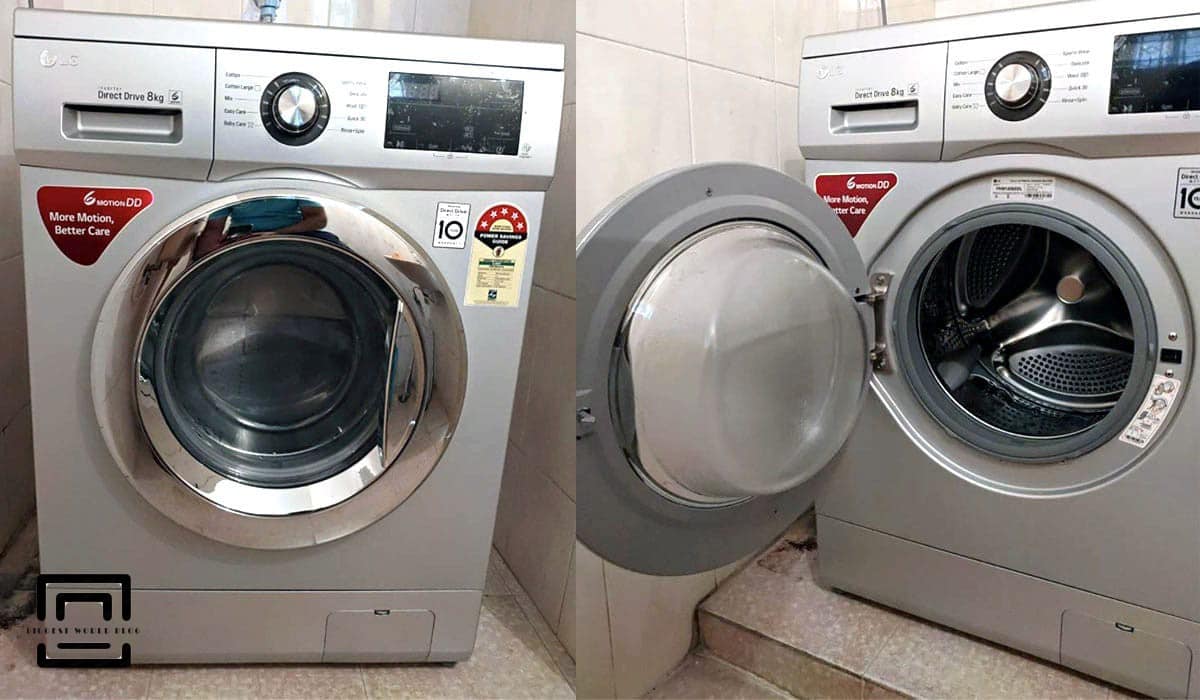Lewisia is popular as the hero of the garden! If you’re a plant enthusiast or just dipping your toes into the gardening world, Lewisia is a charming flower you’ll want to know more about.
With its vibrant blooms and easygoing nature, this garden gem is here to steal the spotlight and add a burst of color to your outdoor haven.
Keep reading to find out all you need to know about the Lewisia garden flower.
Table of contents
About Lewisia
Lewisia is a genus of flowering plants in the family Montiaceae. These plants are native to western North America, primarily in rocky or mountainous areas. The genus is named after Meriwether Lewis of the Lewis and Clark Expedition, who first collected specimens of Lewisia during their journey.
Key features of Lewisia plants include succulent leaves and showy, often colorful flowers. The flowers can be solitary or form clusters, and they have five petals. The plant is known for its ability to thrive in rocky or gravelly soils, making it well-suited for alpine or rock gardens.
Lewisia species are popular among gardeners for their attractive blooms and adaptability to different growing conditions. They are often cultivated for ornamental purposes, and various hybrids and cultivars have been developed to enhance their visual appeal.
These plants typically prefer well-draining soil and are often found in areas with full sun exposure. They are drought-tolerant, but they also benefit from occasional watering.
You should read: Work-Study in UK: 5 Types of Visa to Apply For in 2023
How to plant Lewisia?
#1. Choose the Right Location:
Lewisia plants thrive in well-draining soil. Make sure the soil is sandy or gritty, with a slightly acidic to neutral pH.
Select a location that receives full sun to partial shade. In their natural habitat, Lewisia plants often grow in rocky or mountainous areas.
#2. Prepare the Soil:
Amend the soil with sand or perlite to improve drainage. Lewisia plants dislike waterlogged soil.
You can also mix in some well-rotted compost to enhance fertility.
#3. Planting Lewisia:
Plant Lewisia in the spring or early fall.
Dig a hole slightly larger than the root ball of the plant.
Place the Lewisia plant in the hole at the same depth it was in the nursery container.
Space multiple Lewisia plants about 6 to 12 inches apart, depending on the variety.
Also see this: Fully-funded Commonwealth Masters Scholarships in the UK 2023 [Updated]
#4. Watering:
Water the Lewisia thoroughly after planting. Keep the soil consistently moist but not waterlogged.
Once established, reduce watering, as Lewisia prefers slightly drier conditions.
#5. Mulching:
Apply a layer of mulch around the base of the plant to help retain soil moisture and regulate temperature.
#6. Fertilizing:
Lewisia generally doesn’t require heavy fertilization. You can feed them with a balanced, general-purpose fertilizer in the spring.
#7. Pruning:
Lewisia plants do not require extensive pruning. However, you can deadhead spent flowers to encourage more blooms.
#8. Winter Care:
In regions with harsh winters, provide some protection for Lewisia. Mulch around the base of the plant to insulate the roots.
Read also: Ultimate Guide to Low-flow Toilets
#9. Container Gardening:
Lewisia can also be grown in containers, especially if you have challenging soil conditions. Use a well-draining potting mix.
#10. Pests and Diseases:
Keep an eye out for pests like aphids or slugs. Treat any infestations promptly.
Ensure good air circulation to prevent fungal diseases.
Check out this related content: Top 24 inspirational sports movies of all Time
How to care for Lewisia?
Caring for Lewisia involves providing the right growing conditions and some basic maintenance. Here are the key aspects of caring for Lewisia plants:
Sunlight:
Lewisia plants prefer full sun to partial shade. Ensure they receive at least 6 hours of sunlight per day.
Soil:
Use well-draining soil with a sandy or gritty texture. Amend the soil with sand, perlite, or gravel if necessary to improve drainage.
Watering:
While Lewisia plants appreciate consistent moisture, they are susceptible to root rot if the soil remains waterlogged. Water when the soil is dry to the touch, and adjust the frequency based on local weather conditions.
During the growing season, water more frequently, but reduce watering in late summer and fall.
Mulching:
Apply a layer of mulch around the base of the plant to help retain soil moisture and regulate temperature. This is especially important in areas with hot summers.
Fertilization:
Lewisia generally doesn’t require heavy fertilization. You can feed them with a balanced, general-purpose fertilizer in the spring. Be cautious not to over-fertilize, as Lewisia prefers lean soil.
Pruning:
While Lewisia plants do not require extensive pruning, you can remove spent flowers to encourage more blooms and maintain a tidy appearance.
Winter Care:
In colder climates, provide protection in the winter. Mulch around the base of the plant to insulate the roots.
Consider covering the plants with a layer of straw or evergreen boughs if severe winter conditions are expected.
Pests and Diseases:
Keep an eye out for common pests like aphids or slugs. Treat any infestations promptly.
Ensure good air circulation around the plants to prevent fungal diseases.
Read also: What Is PU Leather, and Is It the Real Deal?
How to propagate Lewisia
Lewisia can be propagated through several methods, including seeds, division, and leaf cuttings. Here’s a guide on how to propagate Lewisia:
Propagation from Seeds:
Collect seeds from mature Lewisia plants after the flowering period. Allow the seed pods to dry on the plant.
Sow the seeds in a well-draining seed-starting mix in late fall or early spring. Press the seeds gently into the soil surface.
Keep the soil consistently moist until germination occurs, which can take several weeks.
Once the seedlings have developed several true leaves, transplant them into individual containers or directly into the garden.
Propagation by Division:
Division is typically done in the spring when the plant is actively growing.
Carefully dig up the Lewisia plant, taking care not to damage the roots.
Gently separate the plant into smaller sections, ensuring that each division has a good portion of roots.
Replant the divisions in well-draining soil at the same depth they were growing before. Water thoroughly after replanting.
Read also: How to Use a Coping Saw
Propagation from Leaf Cuttings:
Take a healthy leaf cutting from the Lewisia plant. Choose a mature leaf and cut it cleanly at the base.
Allow the cut end to callus for a day or two to prevent rotting.
Plant the cut end into a well-draining rooting medium, such as a mix of perlite and peat moss.
Water the cutting lightly and cover it with a plastic bag or a plastic dome to create a humid environment.
Place the container in a bright, indirect light location.
After a few weeks, the cutting should develop roots. Once roots are established, transplant the new plant into a larger container or directly into the garden.
Propagation from Offsets:
Some Lewisia species produce offsets or small plantlets around the base of the main plant.
Gently separate these offsets from the parent plant and replant them in well-draining soil.
By following these methods, you can propagate Lewisia and expand your collection of these charming plants. Keep in mind that success rates may vary depending on the specific species or variety of Lewisia and environmental conditions.
You should read: How Heat Pumps Work
Conclusion
Lewisia stands out as a versatile and charming addition. Its vibrant blooms, low-maintenance nature, and adaptability to different growing conditions make it a favorite among gardeners.
Now that you know the ins and outs of Lewisia, it’s time to let this garden gem take center stage and transform your outdoor space into a colorful haven. Happy gardening!
Frequently Asked Questions
Lewisia is a delightful flowering plant known for its stunning, vibrant blossoms. It’s a low-maintenance beauty that thrives in various climates. Whether you’re a seasoned gardener or just starting out, Lewisia is an excellent choice to bring color and joy to your garden effortlessly.
Not at all! Lewisia is a low-maintenance plant, making it perfect for both beginners and busy gardeners. Provide well-draining soil, ample sunlight, and water sparingly. It’s a resilient bloomer that can withstand various conditions with minimal fuss.
Absolutely! Lewisia is container-friendly and adapts well to potted environments. This flexibility means you can showcase its beauty on your balcony, porch, or any small space.
Lewisia typically blooms in late spring to early summer. The flowers are a sight to behold – ranging in colors from vibrant pinks and reds to soft pastels.
References
- hayloft.co.uk– What is Lewisia
- thespruce.com– What is Lewisia- plant profile
- ashwoodnurseries.com– About the plant





